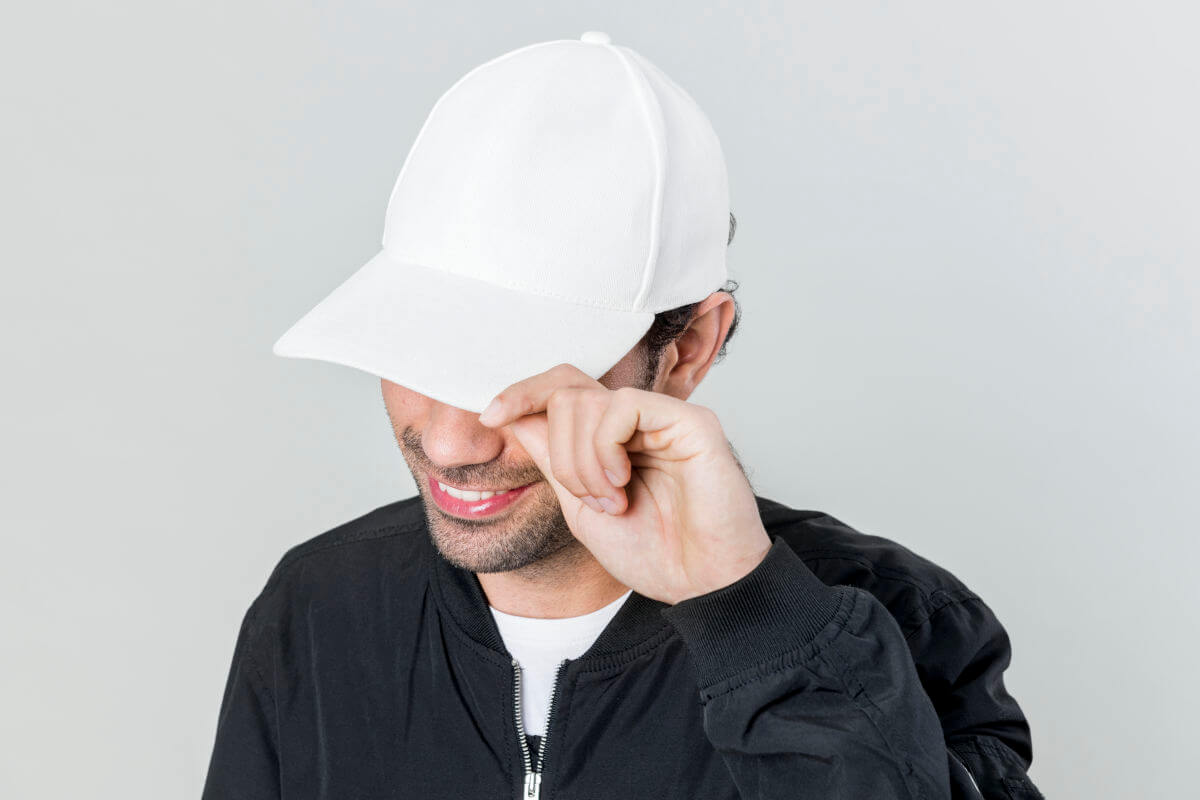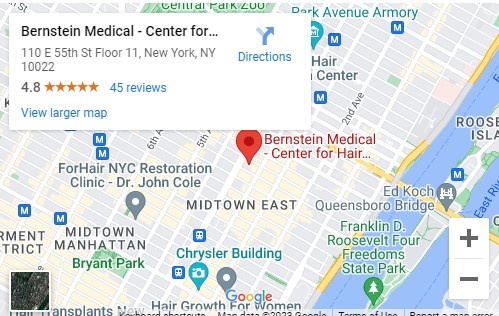
How Soon After a Hair Transplant Can I Wear a Hat and Are There Any Restrictions?
Undergoing a hair transplant is a significant step toward restoring hair growth and confidence. However, the post-operative period requires careful attention to ensure the best results. One of the most common questions patients ask is, “How soon after a hair transplant can I wear a hat?”
According to Dr. Robert Bernstein, industry pioneer and founder of Bernstein Medical – Center for Hair Restoration, “You can begin wearing a hat the second day after the procedure. So, for example, if the procedure is on Monday, you can wear a hat on Wednesday.” Dr. Bernstein adds, “it is important to wear a clean hat i.e., one that has been washed. And wash again if it gets soiled by the hair transplant. A baseball cap or a bandana is preferred. Do not wear a knit hat that can stick onto and dislodge the grafts when being put on or taken off. “
Wearing a hat is part of many people’s daily routines, whether for style or sun protection. But after a hair transplant, it’s essential to understand the right time and method to safely cover your head. In this blog post, we’ll explore when it’s safe to wear a hat after a hair transplant and how to do so without compromising your results.
The Hair Transplant Process: A Quick Overview
Before we get into when you can wear a hat, let’s first understand what happens during a hair transplant. The two main methods are:
Follicular Unit Extraction (FUE): Individual hair follicles are harvested from a donor area and transplanted into the thinning or balding areas.
Follicular Unit Transplantation (FUT): A strip of scalp is removed, and the follicular units are separated and transplanted.
After the procedure, the transplanted grafts are delicate and need time to heal. The first few days after surgery are critical, as the grafts are vulnerable to trauma from pressure or friction, including from headwear.
When Is It Safe to Wear a Hat?
While it might be tempting to cover your head immediately after the procedure, doing so too soon can negatively affect the results. Generally, we recommend waiting two days before wearing a hat. Let’s break it down further:
The First Few Days: Critical Healing Period
During the first few days after a hair transplant, the grafts are settling into their new positions, and the scalp is still sensitive. Any pressure. rubbing or tugging from a hat during this period could dislodge the grafts or affect healing. Therefore, it is best to avoid wearing any headgear during this time.
Choosing the Right Type of Hat
By day two after the procedure, you can usually wear a hat as the healing phase continues — but not just any hat. Opt for something loose-fitting that won’t cause friction or apply pressure to the transplanted area.
Examples: Hats that are soft and loose, like a baseball cap, are the best choice after the first week. They won’t rub or press down on the grafts.
Avoid tight headgear: Helmets, knit caps or tight-fitting hats should be avoided for at least 3-4 weeks, as they can apply too much pressure and interfere with the healing process.
Protecting Your Scalp From the Sun
After a hair transplant, your scalp will be more sensitive to the sun’s rays. Too much sun exposure can harm the healing process and even cause scarring. If you need to protect your scalp from the sun within the first few days, consider using a lightweight bandana to provide coverage without disturbing the grafts.
How to Wear a Hat Safely After a Hair Transplant
Once you’ve waited the recommended two days, here are some key tips for safely wearing a hat:
Choose a clean hat: Make sure your hat is clean to avoid introducing dirt or bacteria to the healing area.
Limit wear time: Even with a loose-fitting hat, avoid wearing it for extended periods. Allow your scalp to breathe throughout the day.
Be aware of discomfort: If wearing a hat causes discomfort or irritation, remove it and give your scalp time to rest.
Follow Your Surgeon’s Recommendations
While these general guidelines are useful, every patient heals differently. Always follow your surgeon’s specific post-operative instructions. They know your individual case and can give you tailored advice on when it’s safe to wear a hat based on your healing process.
By following these recommendations, you can protect your scalp, promote healthy healing, and look forward to a successful hair transplant.
Why Choose Bernstein Medical – Center for Hair Restoration?
Bernstein Medical is a world-renowned hair restoration clinic, founded by Dr. Robert M. Bernstein, a pioneer in the field of hair transplantation and follicular unit transplantation (FUT). With over 25 years of experience, Dr. Bernstein and his team specialize in providing advanced hair restoration solutions for both men and women, utilizing the latest techniques and technologies to deliver natural-looking results.
The Medical Director is Christine Shaver, MD. Dr. Shaver is a board-certified dermatologist and Mohs micrographic surgeon. A graduate of M.I.T and Yale, she is a highly trained expert at blending art and science to create desired outcomes for her medical and surgical hair transplant patients.
At Bernstein Medical – Center for Hair Restoration, patients receive comprehensive evaluations and personalized treatment plans throughout their hair restoration and preservation journey. From non-surgical options and medical management to surgical procedures like FUT and FUE, the clinic offers a range of cutting-edge treatments tailored to each patient’s unique needs and goals. The personalized care you will receive from both the doctors and staff is exceptional!
The experts at Bernstein Medical – Center for Hair Restoration are happy to discuss what solutions are best for you,
To book a consultation online, click HERE
Call us at: (646) 475-0699
Visit our website www.bernsteinmedical.com for more information






